6 ways ChatGPT can revolutionize smartwatches
ChatGPT is a Generative AI chatbot, officially designed by OpenAI. Sometimes it feels like you're chatting with a real person, even though it's a product of artificial intelligence. It's not just about chat, however, as we're seeing OpenAI's GPT model integrated into a variety of technologies.
Let's explore how ChatGPT can revolutionize smartwatches, from personalized watch faces to apps and everything else in between.
1. Improved input alternatives

Wearable devices are gradually becoming an important part of our daily lives. ChatGPT can improve the natural language processing capabilities of smartwatches over time - entering text, voice and commands on small smartwatch screens can be done much easier.
We can already see some apps, such as Petey on Apple Watch and WearGPT on Wear OS smartwatches, such as Samsung Galaxy Watch 5 and Google Pixel Watch.
In the near future, it is hoped that such large language model (LLM)-based chatbots will be well-trained to better understand user queries and provide more accurate responses.
2. Personalized watch faces and widgets
If you're a smartwatch user, you know that there's a lot of room for improvement when it comes to choosing apps, watch faces, and widgets on your smartwatch.
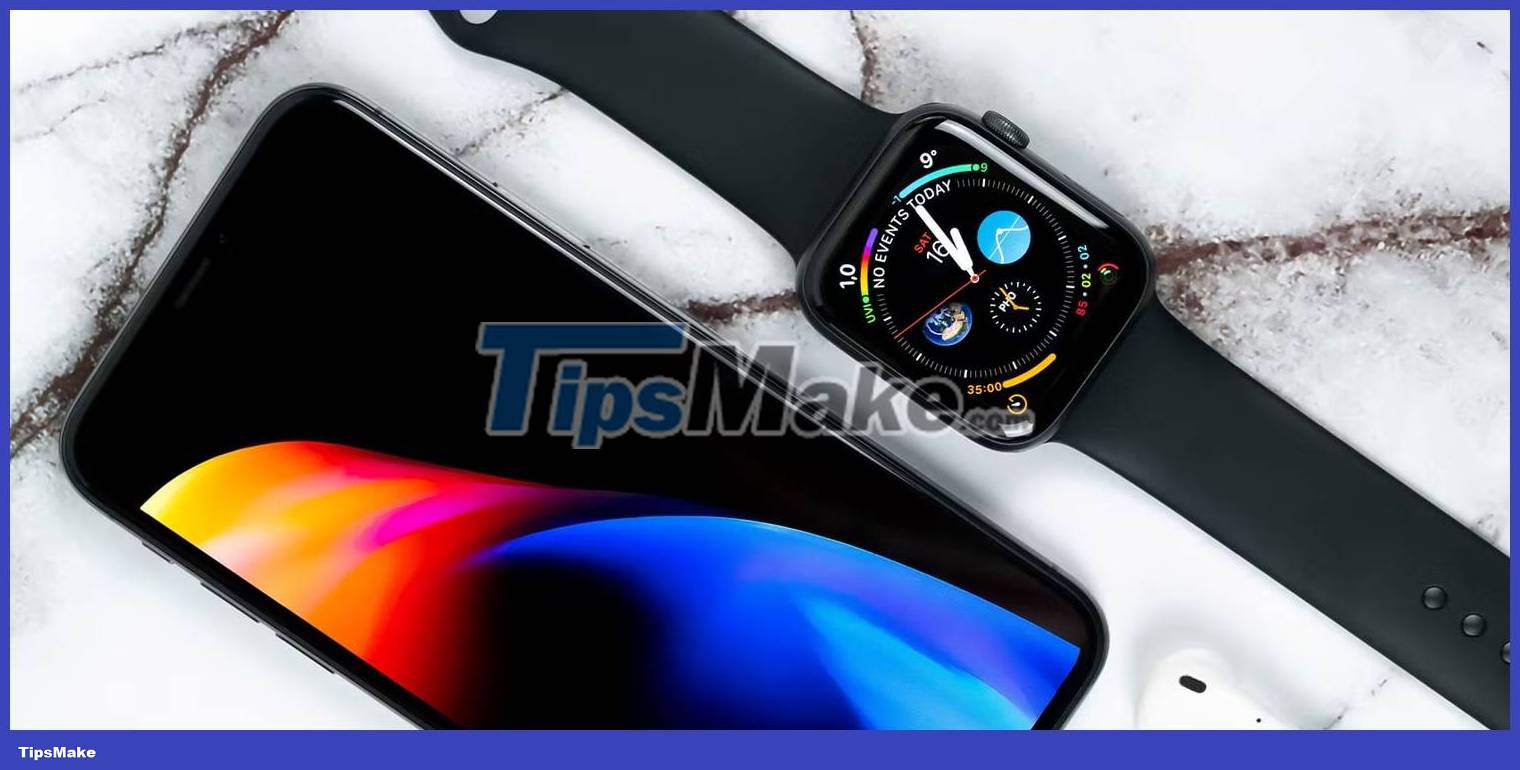
With ChatGPT in smartwatch, you can interact with your smartwatch more intuitively and get answers to your queries right in the app.
One can expect a selection of personalized watch faces and widgets with advanced functionality, such as voice input, text prompts, etc. Recently, Amazfit, owned by Zepp Health, has integrated ChatGPT-enabled watch faces to its GTR4 smartwatch line, allowing interaction between humans and AI. These useful features can improve the overall experience for smartwatch users.
3. Advanced health and fitness monitoring function
It's hard to believe that ChatGPT has only been around for a few months. Developers can also use OpenAI's API to create all kinds of chatbot features and functionality for their users.
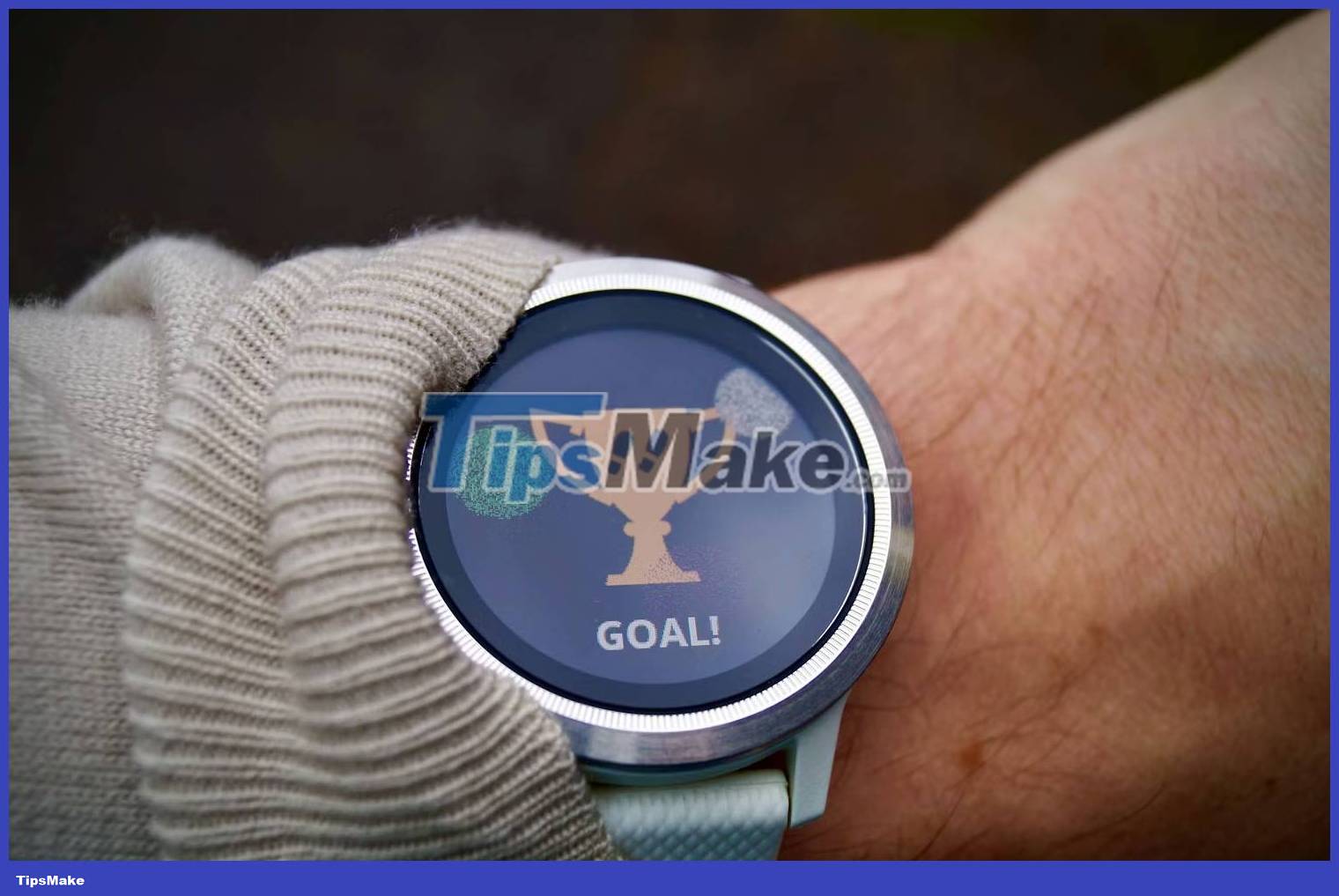
One of ChatGPT's most exciting developments is its ability to analyze data from multiple sources, providing specific and concise responses. This has the potential to have far-reaching impacts, such as skin analysis options on smartwatches, fitness trackers, and other health monitoring devices.
For example, including chatbot functionality or complications in the device's watch face will be of great help to fitness enthusiasts who can access exercise data, health metrics and real-time support. real time.
Furthermore, many people turn to apps for health tracking and advice on how to live healthier. These apps can leverage ChatGPT technology and help people easily track their physical activity and fitness progress, and stay motivated throughout the process by providing support. Real-time health and fitness coaching support.
4. Increase integration and personalization
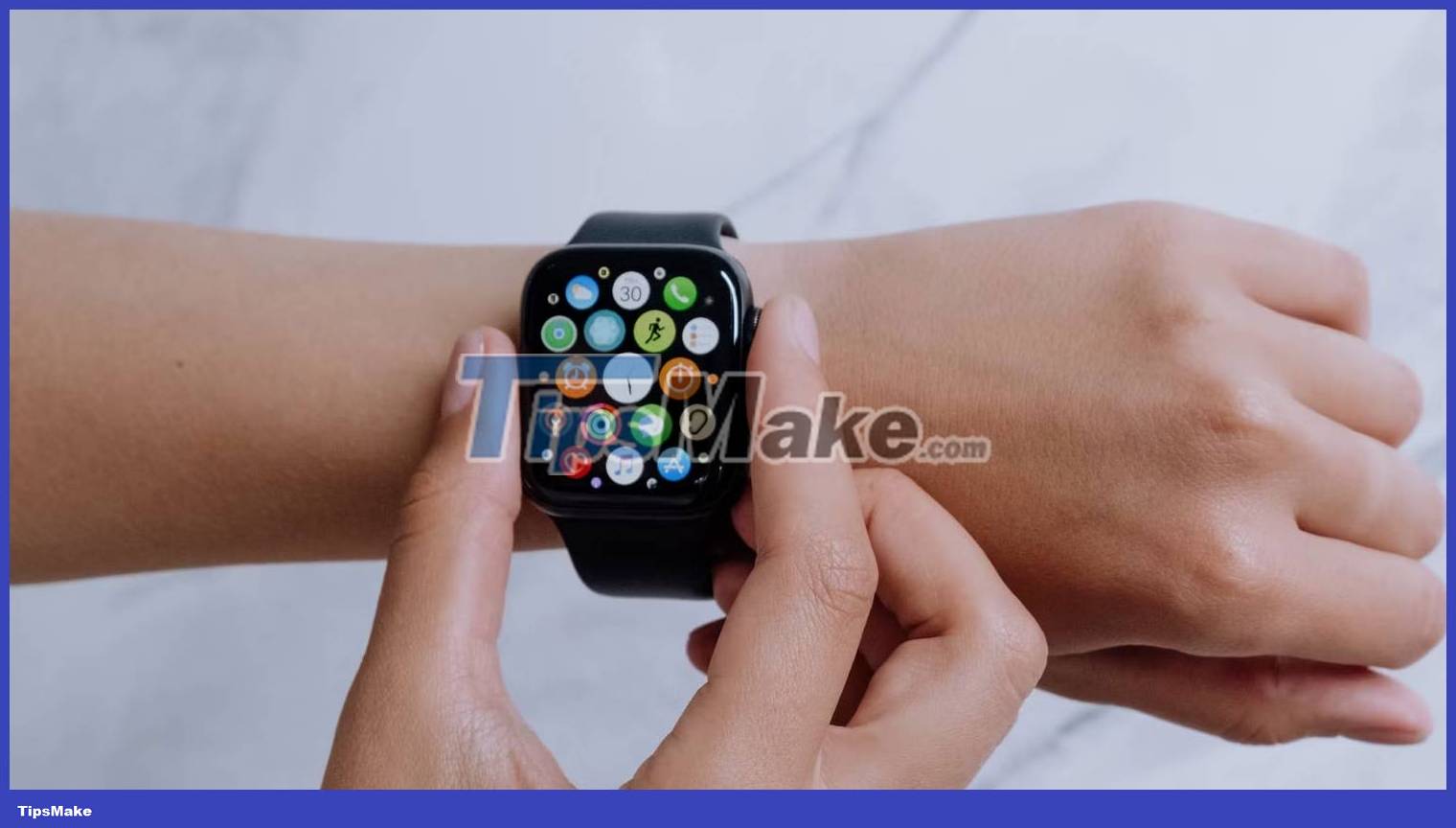
As more consumers purchase smartwatches, it becomes more important for brands to develop apps compatible with these devices. Additionally, these apps will seamlessly integrate into the platform and provide users with a fun and convenient experience.
By training a language model on a variety of data points, user preferences, behaviors, and interests, it is possible to develop relevant applications or products for users.
This can be done by asking the chatbot to suggest or ask relevant survey questions, creating quizzes or polls so that user feedback can be collected and analyzed to identify patterns regarding their use of the application. The model can be trained to answer user queries and recommend specific content based on an understanding of its preferences and interests.
5. Real-time insights
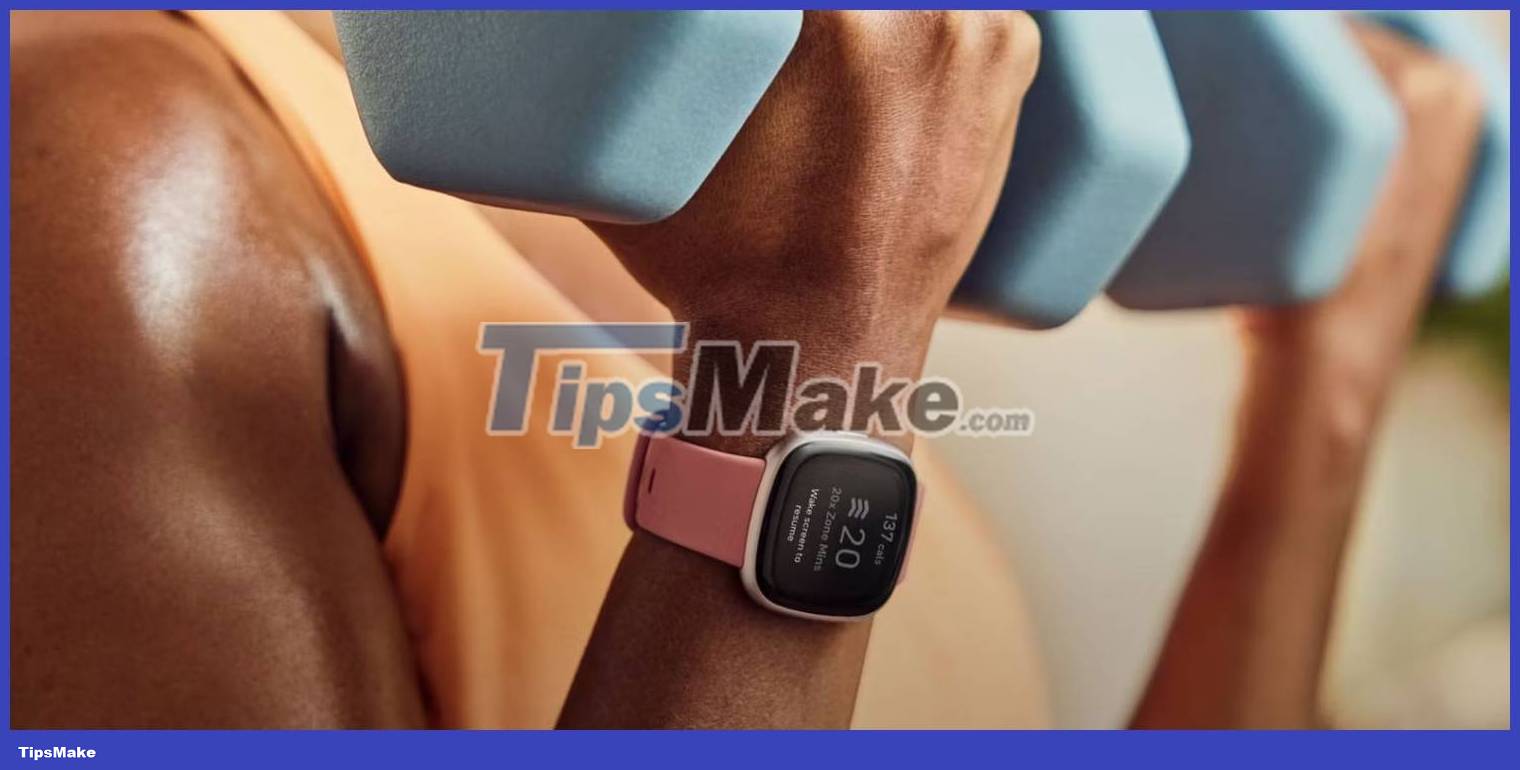
Integrating ChatGPT into wearables or smartwatches can make the user experience more intuitive, efficient, and enjoyable. It will be easier for you to get real-time feedback and suggestions based on your queries. This is useful for both analyzing user interaction and identifying areas where a person may be experiencing confusion or confusion - this is valuable information for developers.
Second, ChatGPT can help provide more relevant information based on their location. Smartwatch apps can be developed with ChatGPT integration and trained on huge datasets of location-based information, such as nearby restaurants, tourist attractions, etc.
6. Perform quick tasks on the go
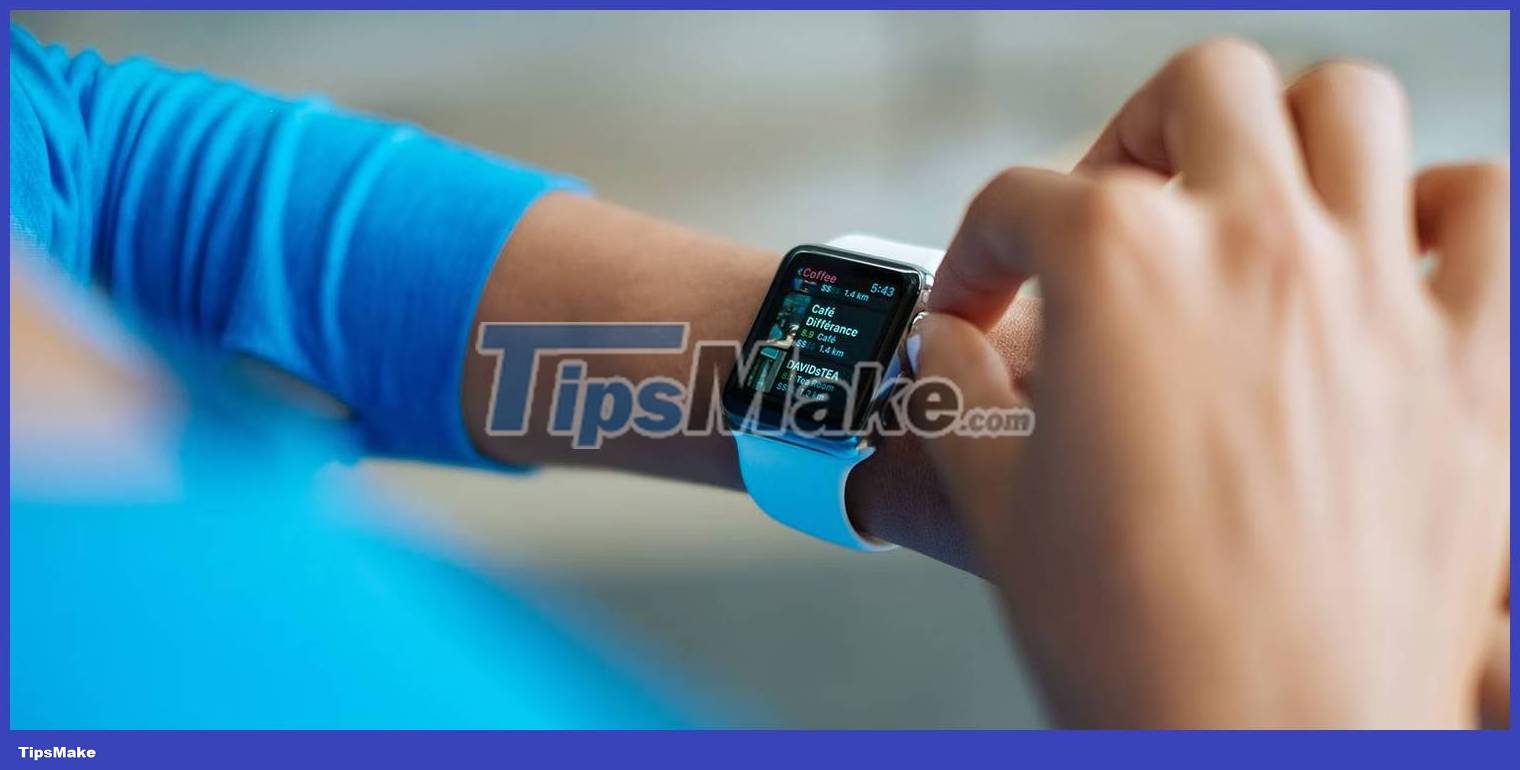
ChatGPT can help you keep up with your daily schedule and allows you to perform quick tasks efficiently without disrupting your workflow.
For example, you can use ChatGPT to compose emails or text messages, create images based on quick reminders. You can also perform calculations. However, it should be noted that despite clear requests, ChatGPT may still misinterpret certain commands or queries and you should always check that the information is correct.
You should read it
- 9 ChatGPT and Generative AI API alternatives for developers
- ChatGPT will come to Discord chat
- What is ChatGPT Code Interpreter? Why is it so important?
- 9 key differences between ChatGPT and Bing's AI Chatbot
- HuggingChat or Bing Chat is a better ChatGPT alternative?
- Is ChatGPT accessible with a VPN?
- How to Implement ChatGPT in Django
- 4 ways to use ChatGPT to manage time
- The line between ChatGPT and Bing Chat is getting blurred
- Why were new ChatGPT registrations stopped? When will it reopen?
- 9 useful Chrome extensions for ChatGPT
- 9 practical applications of ChatGPT in programming
May be interested

How to watch YouTube videos on Samsung Galaxy Watch

Pixel Watch: A classy watch model from Google

6 reasons smartwatches can be harmful to mental health

Can Apple Watch be used with Android phones?

What to do when Apple Watch falls into water?

How to set up Apple Watch for children and family members who don't have an iPhone





 4 ways to use ChatGPT to manage time
4 ways to use ChatGPT to manage time 4 ways AI Claude chatbot outperforms ChatGPT
4 ways AI Claude chatbot outperforms ChatGPT 10 Essential Chrome Extensions to Use ChatGPT
10 Essential Chrome Extensions to Use ChatGPT How to register for ChatGPT's new plugin feature
How to register for ChatGPT's new plugin feature 9 ways ChatGPT helps content creators
9 ways ChatGPT helps content creators What is ChatGPT Plus? How to register ChatGPT Plus in Vietnam
What is ChatGPT Plus? How to register ChatGPT Plus in Vietnam